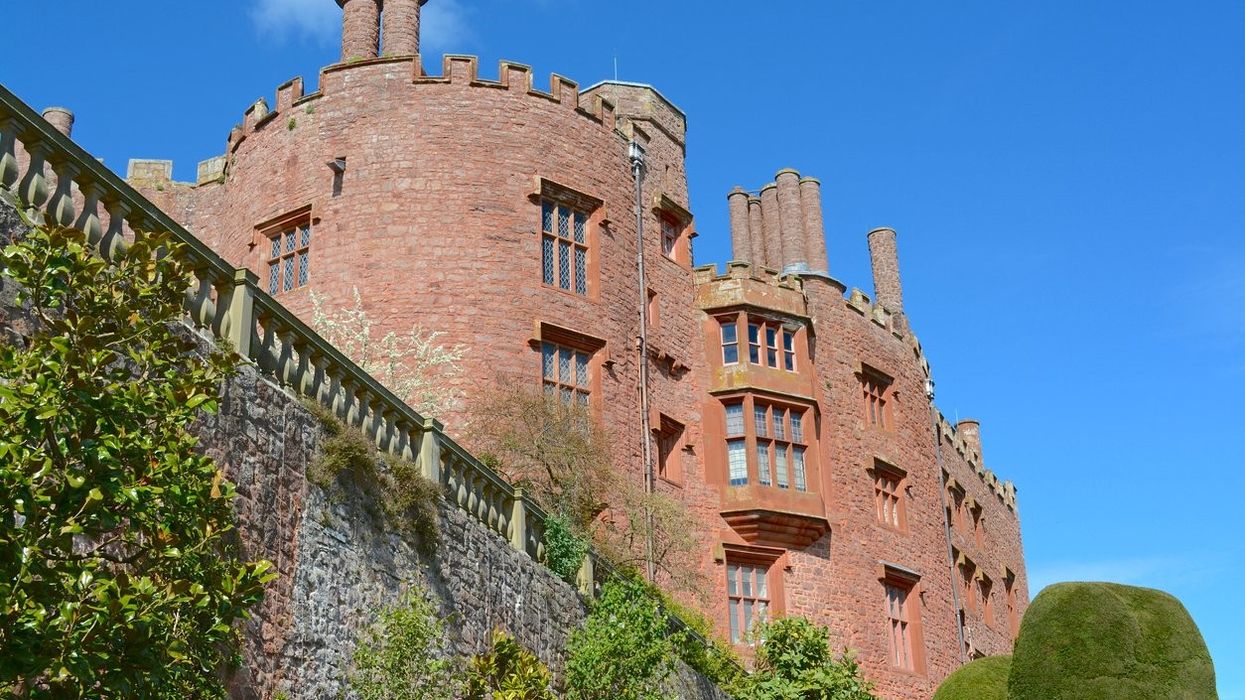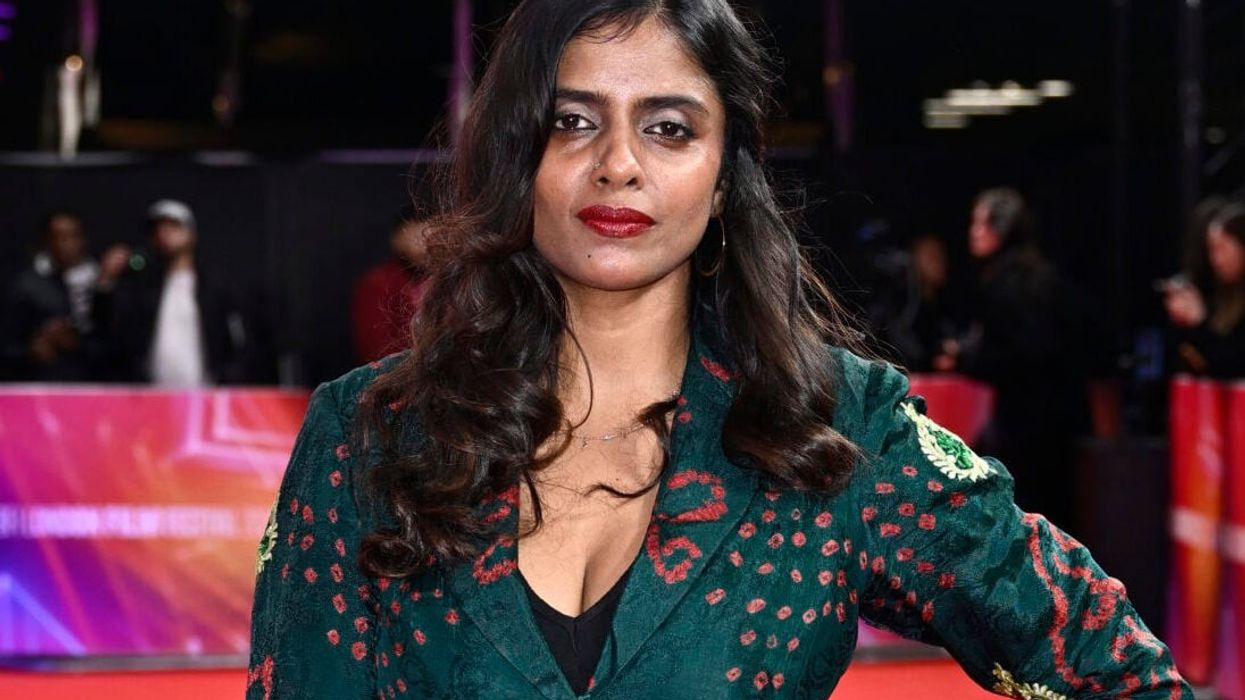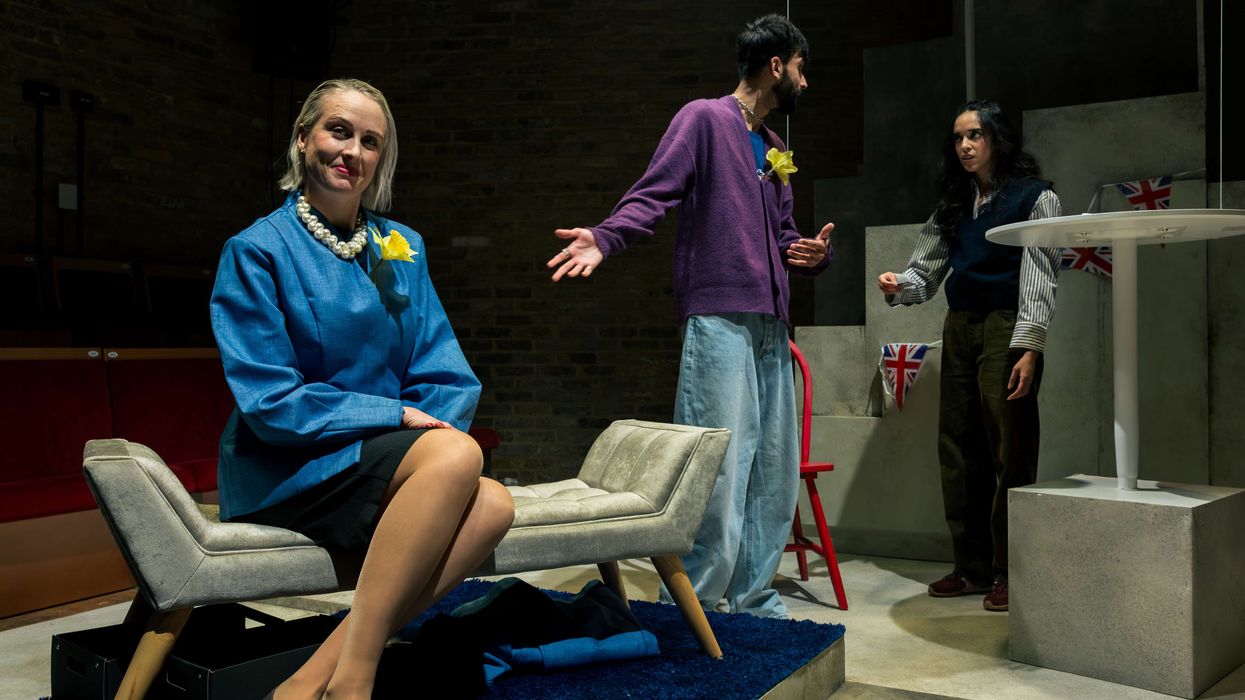by AMIT ROY
THE curator of a new exhibition on Queen Victoria at Kensington Palace, Polly Putnam, has been honest about not sanitising the nature of British rule in India.
For example, a caption to images of starving Indians taken from the Illustrated London News of 1877 could not be more blunt: “It is clear that British involvement in India was fundamentally exploitative. Food and profits were directed away from India towards Britain, which contributed to famines across the region. Between 1876 and 1878, an estimated 5.5 million people died from hunger in British territories.”
“However, Victoria’s relationship with India was a complex one and she had much personal sympathy towards the Indian people,” the caption does add.
The exhibition, which opened on May 24, marks the 200th anniversary of Victoria’s birth at Kensington Palace and will run until January 20, 2020.
It is in two interlinked parts – Victoria: A Royal Childhood and Victoria: Woman and Crown.
The first tells of Victoria’s upbringing until she became queen at the age of 18 in 1837. She was subjected to Kensington Palace rules.
“The Princess is not to have her own bedroom; she is to sleep in the same room as her mother, the Duchess (of Kent),” was one rule.
“She is not allowed to walk down the stairs unaccompanied,” and “She is to have a simple diet, only eating roast mutton,” were others.
Her governess, Baroness Lehzen, introduced the book where Victoria had to describe her own behaviour. Comments that the self-aware royal put down ranged from “good” to “naughty and vulgar” to “Very Very Very Very Horribly Naughty!!!!!”
Although her mother’s first language was German, Victoria was brought up as an English girl. She was also taught drawing, and later as Queen, she would sketch not only Maharaja Duleep Singh, but also various Indians to whom she granted an audience.
Despite all the rules, she had a much happier childhood than she liked to pretend.
The second part of the exhibition tells of her 63-year reign and focuses in part on her relationship with India. Displays include Duleep’s jacket and slippers, and a replica of the uncut Kohinoor diamond and how it came into Victoria’s possession. Also on show is an outfit where the organza and lace had Indian designs.
There is a statuette of Munshi Abdul Karim, who came to her from India as a servant but “became her first real Indian friend”. Victoria’s ‘Hindustani’ diary is displayed, with jottings in Urdu.
She appealed to Abdul: “Speak to me in Hindustani, speak slowly, that I may understand it as I wish to learn.”
The moment she died on January 21, 1901, Abdul was kicked out from his grace and favour home and deported to India. All the letters she had written to him were also burned.
What unfolds is the tale of how India became “the jewel in the crown” after control of India was taken away from the East India Company after the Indian uprising of 1857. Although Victoria became Empress of India in 1876, “her interest and involvement with India began years before”.
In 1842, she said: “Natives and coloured races should be treated with every kindness and affection as brothers not – as alas! Englishmen too often do – as totally different to ourselves, fit only to be crushed and shot down!”
In 1856 she wrote, “I always feel sorry for those poor deposed Indian Princes.”
“However, she was happy to wear the Kohinoor diamond... This fabulous jewel was once worn by Maharaja Ranjit Singh, who created the Sikh Empire,” a caption points out.
“The brutal deaths of 100,000 Indian and 11,000 British people during the rebellion changed the way India was governed,” visitors learn. “Until that point India was controlled by the privately owned East India Company. After their failure to rule, power in India was
transferred to the Crown.
“From that moment, Victoria sought out as much information as she could about India. She commissioned photographers and artists to record the country.
“Victoria wrote requesting information from anyone she knew in India as she did not want to rely on biased reports from the government. Most importantly, the letters she received from Indian royalty and personal encounters with Maharajah Duleep Sing led to a total fascination with India.”





 Vivek Nityananda
Vivek Nityananda  Taraash Mehrotra as Nikhil
Taraash Mehrotra as Nikhil






